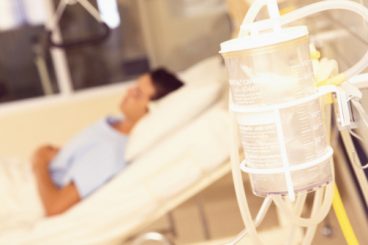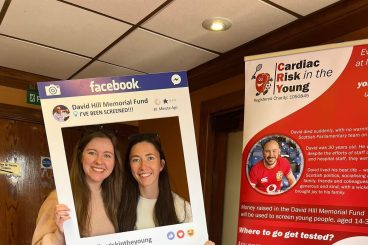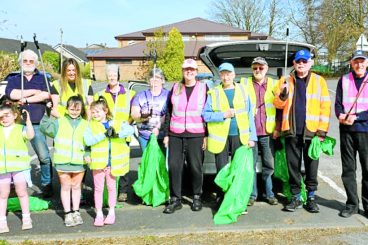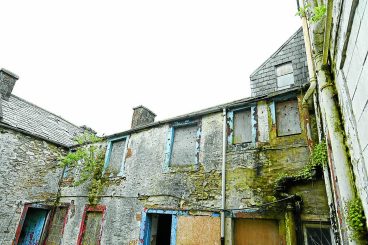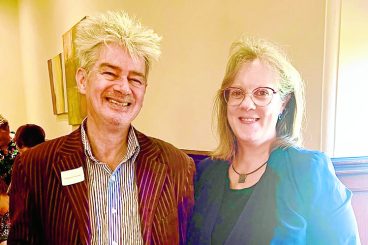Professor Chris Isles, pictured, who is a consultant physician based at Dumfries and Galloway Royal Infirmary, has been comparing the area’s figures with other Scottish health boards.
Working with colleagues Dr Andrew Rideout from the public health department, and medical illustrator Calum Murray, he found that hospitalisation locally peaked 2-3 weeks after lockdown and has been falling steadily since.
Early predictions of 55 admissions a day failed to materialise and on the day of lockdown, March 23, there were 11 patients in the region’s hospitals with the virus, peaking at 25 a few weeks later.
Furthermore, there have been no Covid positive diagnoses in either Dumfries or Stranraer hospitals since May 28.
In their paper on the subject, published this week, the trio said:
“At no point since the pandemic began has the NHS been overwhelmed in south west Scotland, suggesting that lockdown has successfully reduced the spread of the virus in this mostly rural region.”
Their survey considered age, ethnicity and population density as factors for why the region responded so well to lockdown.
And Prof Isles explained: “We have the highest proportion of old people living alone in their own homes and that must be a form of social distancing and is protecting them to a degree.
“These people have been isolating and the message has been very successful amongst the older population.”
The researchers say that differences in population density were the most ‘plausible explanation’ for the lower hospitalisation numbers and they said: “A low population density must make it easier to practice social distancing.”
They concluded that, based on the data, it would be possible for Dumfries and Galloway to relax the lockdown ahead of other parts of Scotland.
The Scottish Government have said they would prefer one route map out of the crisis though Prof Isles argues: “There is of course a precedent for regional easing of restrictions in that Scotland is taking a different route out of the pandemic than England. D&G has a border with England and so far as I am aware that has not led to confusion or panic or indeed to hordes of people from one part of the country moving into another part of the country.
“If, for example, trades were allowed to go back to work in D&G I doubt that we would have busloads of plumbers, joiners and electricians arriving from Ayrshire and Arran looking for business in Castle Douglas or Dumfries. Ditto schools.”
Prof Isles pointed out that this region meets the government’s five conditions for lifting the lockdown, which includes having sufficient critical care capacity; a sustained and consistent fall in daily deaths and evidence that the rate of infection is decreasing.
He stressed he is not advocating that life goes back to normal and believes that we will be wearing face coverings and using hand sanitisers in public places and that social distancing will be in play for some time to come.
However, he suspects that many businesses could go back to work in Dumfries and Galloway without overwhelming the NHS, that it should be possible to restart elective surgery at Dumfries Infirmary and that it should be safe to let families meet indoors without triggering a surge in cases.
The paper has been sent to the Scottish Government for consideration and Prof Isles added: “Lockdown itself is associated with risk not only to the economy and schooling but also to mental health. I have heard reports of an increase in domestic violence. So, if the decisions the Scottish Government are taking are based on the science and if, as seems likely, the risks of lockdown in Dumfries and Galloway are now greater than the risks of the disease, then surely it would make sense to consider easing restrictions earlier in health boards such as ours with low virus activity.”







